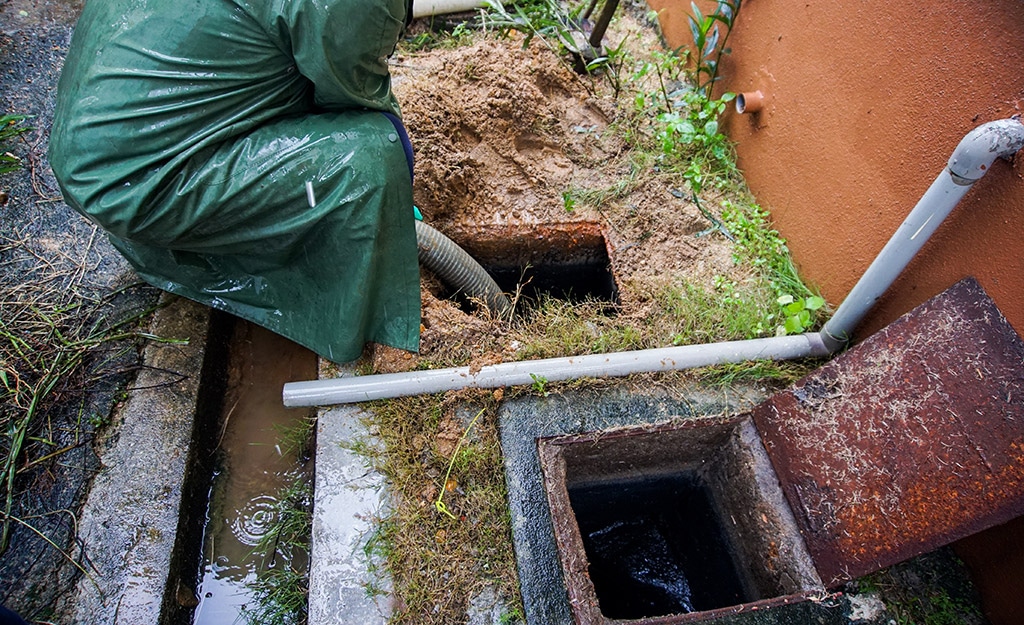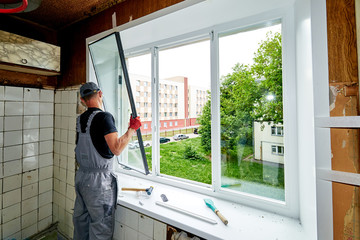Concrete Contractors Dallas TX are the people that make the construction process run like it should. They are a vital part of the team that builds the foundation for our homes and offices. A concrete contractor career provides a good income and lifelong job skills. Whether you specialize in residential, commercial, or road construction, the right skills and experience are necessary.

Choosing the right concrete contractor for your project is a crucial decision. You’ll want to choose someone with experience and a solid reputation. Doing your research can help you find the right contractor for your needs and budget.
One way to research is by looking at the contractor’s portfolio of past work. It can give you a good idea of the contractor’s level of expertise and how well they meet deadlines. You can also check their social media and review websites for customer feedback if there are more positive reviews than negative ones.
Another important aspect is whether the contractor specializes in the concrete job you need. For example, some contractors specialize in patios and driveways, while others focus more on foundations or retaining walls. It can affect the quality of work and their ability to meet deadlines. You’ll also want to make sure the contractor carries insurance. It will protect you if something goes wrong during the project or an accident happens on the job site.
It would be best to ask the contractor about their raw materials and how they source them. It will help you determine if they are using high-quality materials that will last. A reputable concrete contractor will be able to answer your questions and explain the process in a way that makes sense to you.
It’s also a good idea to ask for references from previous clients. It can give you a good idea about the contractor’s work ethic and knowledge of concrete construction. It’s also a good idea to visit some of the job sites that the contractor has worked on.
Lastly, you should always get everything in writing. It will protect you in a dispute and ensure that all aspects of the contract are clearly defined. Carefully reading and understanding the agreement will also help you avoid surprises. It can save you time and money in the long run. By doing your research, you can find a reputable concrete contractor who will provide excellent service and a quality product for your home or commercial project.
Concrete work is a labor-intensive job that requires years of experience in the field to master. It’s important to choose a contractor with plenty of on-field experience under their belt. They’ll know how to deal with time delays, backlogs, and other issues that might arise during your project. Having the right knowledge can help them keep your project on track and ensure that your concrete is made correctly, with the proper specifications and measurements to meet all your needs.
When interviewing potential concrete contractors, ask them questions about their previous projects. They should be able to tell you about their process and provide examples of their work that show off their skills and expertise. It is a great way to learn more about their work ethic and determine whether they fit your needs.
It’s also important to ask about their insurance and certifications. It helps you protect yourself in the event that something goes wrong on your project, and it’s a sign of professionalism for them to have the proper credentials. A quality concrete contractor will be licensed and insured, so check for these details before hiring them for your project.
It’s also important to ask your concrete contractor about their preferred concrete products. Different concrete producers make other quality products, and you want to ensure that you’re working with a company that uses high-quality materials to get the best results. That is especially true if you’re building a commercial project, as the wrong type of concrete could impact the reputation of your business. Choosing an experienced contractor who knows which products to use will help you avoid this issue and save money in the long run.
Working with concrete can be dangerous if you need the right equipment and knowledge. A professional contractor will have all the tools and equipment necessary to complete your project promptly. It will save you time and money as they will not have to return to the site for another device or equipment.
Another way that concrete contractors can save you time is by staying on schedule. It is important because it can be a big blow to profits if a job is behind schedule. In addition, it can cost more money to complete the work over a longer period than originally planned. A good concrete contractor will always keep their crews and supervisors updated on where they are with the schedule. It can be done through text, emails, or project management software.
The ability to keep on schedule also helps concrete contractors save money on materials. For example, if a contractor underestimates the amount of concrete they need for a project, waiting for more concrete to arrive at the job site can be expensive. Concrete contractors have experience making accurate estimates, so they can anticipate how much concrete they need for a project and order it accordingly.
In many cases, concrete contractors can even save you money by helping you avoid reworks. Often, reworks are due to improper initial planning or insufficient communication between construction teams. A good concrete contractor will be able to save you money by providing you with a plan that is clear and concise and provides full details.
One final way that concrete contractors can save you time and money is by streamlining the process of sending changes, updates, or designs to the field. Concrete contractors need access to cloud-based document management tools to send changes, updates, or plans via mobile devices. It allows the contractor to make changes quickly and keeps everyone on the same page.
In the world of concrete construction, profit margins are traditionally low. Consequently, any opportunity to increase productivity is crucial for concrete contractors. Advanced tools and techniques for improving profitability should be thoroughly considered.
A professional concrete contractor can save you money because of their extensive experience with the construction industry. They understand all the aspects of construction and can provide you with a wide range of estimates based on your project’s requirements. It will enable you to choose the best project for your budget and timeline.
A good concrete contractor will also make sure that the foundation of your building or structure is built properly from the start to avoid future problems and costs. One of the ways they do this is by ensuring that the job site is prepared before starting any work on the structure. That includes backfilling and excavating to remove all rocks, grass, trash, garbage, and other debris. That is important because it will help the concrete to settle and hold up under loads for years to come.
Another way they can save you money is by purchasing materials in bulk. That can significantly reduce the cost of your construction project. Finding a supplier that provides quality ready-mix concrete and can handle large orders promptly is important. They should also be able to schedule deliveries so that you always have enough concrete on hand.
It is important to remember that concrete is very durable and will last for decades without any maintenance. It is also less costly than other construction materials, such as steel and wood, which may need to be periodically coated or treated with chemicals. In addition, it is highly customizable and can be created to meet specific aesthetic demands.
In addition to saving time and money, using a professional concrete service provider can also save you a lot of headaches. They have the knowledge, skills, and techniques to create a high-quality product. That will allow you to get the desired results and improve productivity. In addition, they can help you manage your construction projects better and make them more profitable by cutting down on costs. That is especially true for commercial projects that have strict deadlines and require a higher level of precision.











